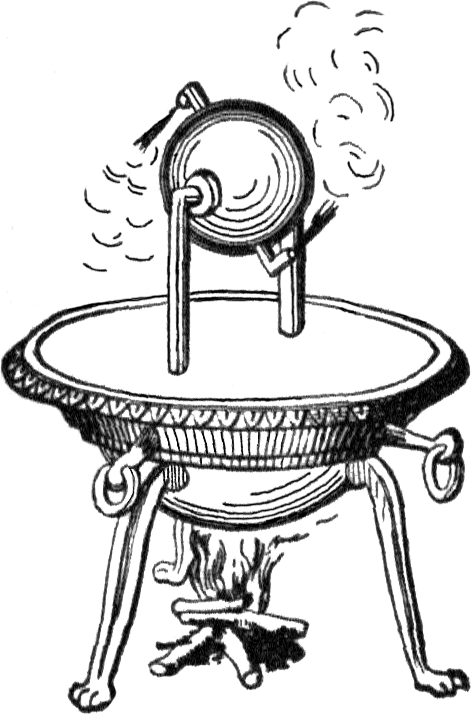Written by Stephen Rainey
If we had a machine that could eradicate coronavirus at the press of a button, there would likely be a queue to do the honours. Rather than having such a device, we have a science-policy interface, and a general context of democratic legitimacy. This isn’t a push-button, but a complex of socio-political liberties and privations. We can’t push the button, but we can learn how to use the technology we do have – by collectively following policies like staying inside, wearing masks outside, and keeping distance from others.
Because of the coronavirus pandemic a novel form of this scientific research, technological application, and influence or control of nature (including humans) is emerging. In this case, the application is public policy, as based on multitudes of scientific advice. That over which control is sought is twofold: the virus, and people. Control of the virus is not really possible without some control over the people. Likewise, control of the people becomes harder where the virus is not controlled. Public trust in tough policies wanes if there is no end in sight, or no clear rationale in place.
It might seem odd that a technology capable of changing the world could fail to be taken up by those who somehow ought to have imagined its potential. Nevertheless, we see resistance to coronavirus mitigation policies. This isn’t wholly unprecedented. One example comes from Ancient Alexandria. The aeolipile was a rudimentary steam engine. Essentially, it was a metal ball that whizzed around thanks to exhaust steam emitted from a couple of protruding jets. What’s interesting about it is that the aeolipile is described by Vitruvius – he who’s man was made famous by Leonardo da Vinci – in the last century BCE. The steam engine was also detailed by Hero of Alexandria around the BCE/CE transition. That might sound quite early for the beginning of the steam age. And indeed it would have been. It seems that the aeolipile was used for little more than a party trick, or a gimmick at the time.

Fast-forward from Roman Egypt at the turn of the 1st century CE to Devon in the 18th century and steam engines will come into their own in various industrial applications. By 1710, and the beginning of the steam age, there developed around the turbine a so-called ‘pull factor’. This means demand was growing for the potential of this new device. Without pull, technology developers need to combine invention with publicity and push their ideas. The turbine is a straightforward case of transforming energy of one kind into another, heat into mechanical, and from there to some application like locomotion or the generation of electricity. These have obvious uses, and by the 18th century the pull factor looked after itself. When Hero was writing about the aeolipile, it seems there was neither a pull factor, nor any particular interest in pushing it for any purpose.
Pushing the technology of public health policy is by no means easy. Partly, this might be because it’s hard to think of how to sell the idea of remaining alive and healthy. It seems that ought to be a given, for the most part. It ought to be expected that there will be an inbuilt pull factor, if the public at large are assumed to be fairly rational. Where the science isn’t enough to push the policy, more is needed. Persuasion is one obvious means available for generating pull from push. But there is a fine line to be drawn between public education, and the erosion of democratic legitimacy through pushing a policy so hard that politics becomes coercive. Were a policy to be pushed only subsequently to fail, fundamental questions of legitimacy arise for all involved. A policy can’t emerge in beta phase and hope for a patch when shortcomings emerge. But there are public responsibilities involved too that can’t be downplayed.
Recognition of a viral threat requires thinking in terms of populations. It requires collective action, because a virus doesn’t recognise individuals as such. It simply propagates. Politically, some might balk at the idea of such collective action. But biologically, it’s required. Policies based on biological reality have to embody collective effects and aim at collective ends. Thinking of policy as technology may aid in explaining this. Health policy as technology is a scientifically-informed, collectively enacted, behavioural control mechanism, centred on hampering the propagation of a virus, with the final aim of restoring normal societal functioning. It’s more complicated than pushing a button, but it’s not an impossible machine.
The applications for steam weren’t clear in Hero’s Alexandria and wouldn’t come to seem urgent until many centuries later. With policy-as-technology in the service of pandemic mitigation, the ends and the urgency are far more clear cut. We ought to be ready to collaborate in wielding the pandemic-ending technology as soon as it arrives. But until the right policies are made, and the machine is recognised collectively as necessary, we’re left spinning.
